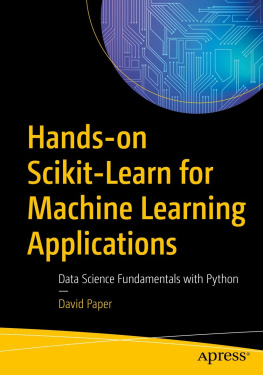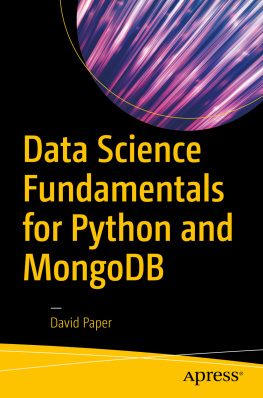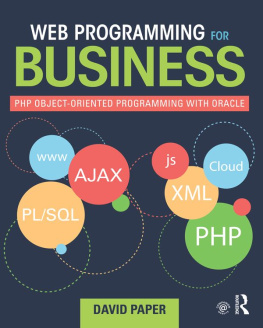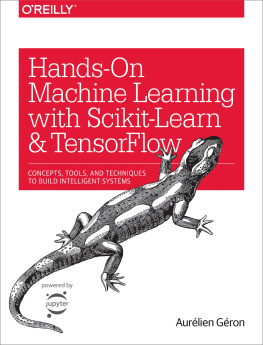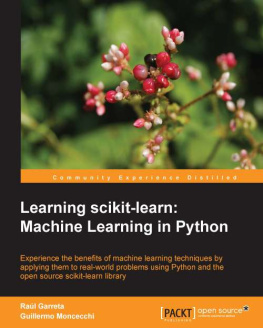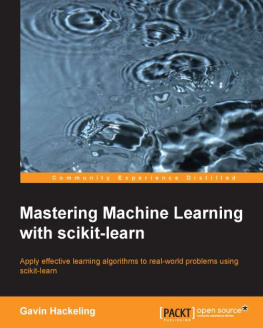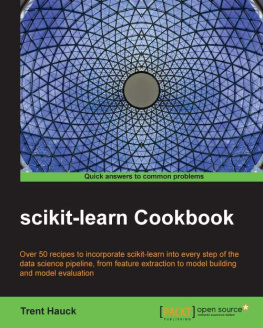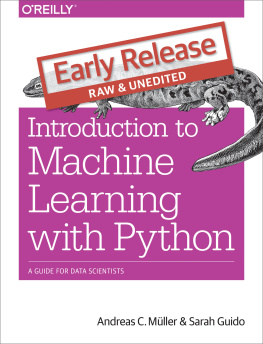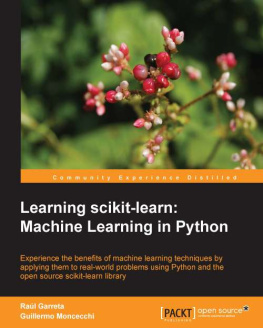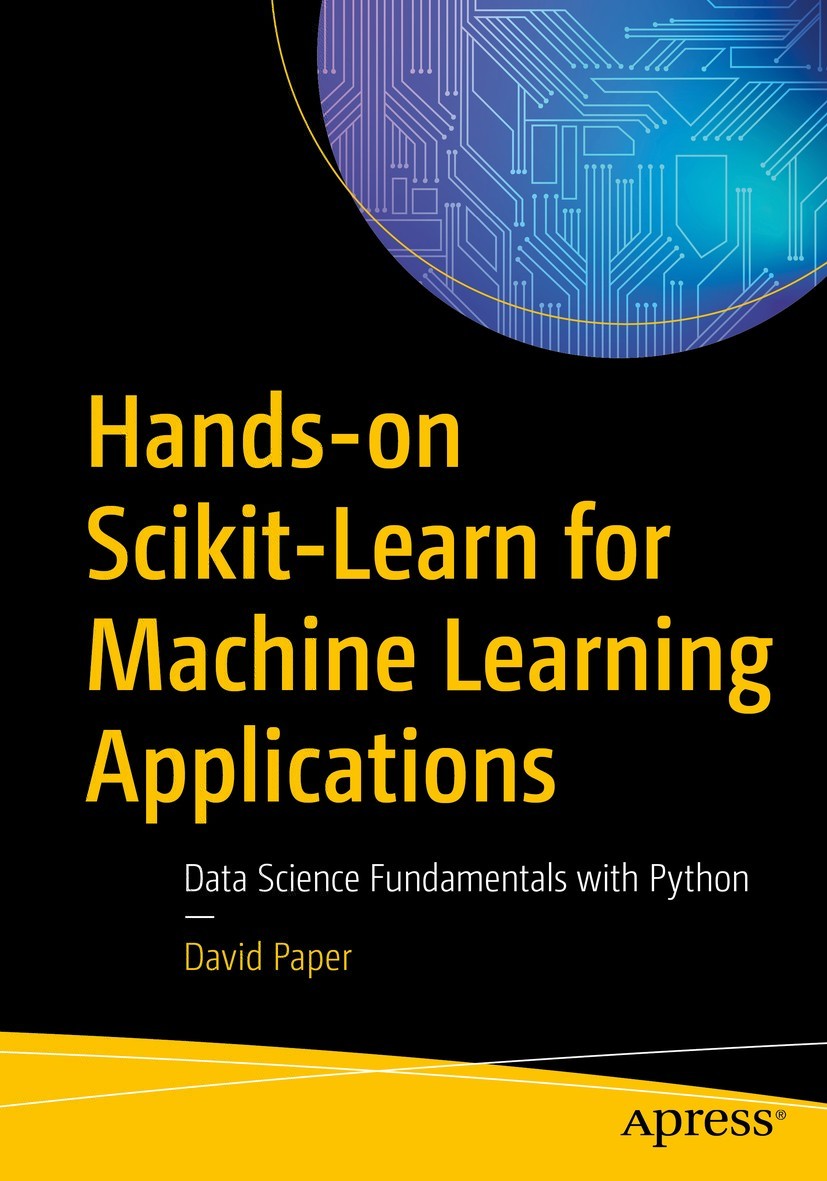David Paper
Logan, UT, USA
Any source code or other supplementary material referenced by the author in this book is available to readers on GitHub via the books product page, located at www.apress.com/9781484253724 . For more detailed information, please visit http://www.apress.com/source-code .
ISBN 978-1-4842-5372-4 e-ISBN 978-1-4842-5373-1
https://doi.org/10.1007/978-1-4842-5373-1
David Paper 2020
This work is subject to copyright. All rights are reserved by the Publisher, whether the whole or part of the material is concerned, specifically the rights of translation, reprinting, reuse of illustrations, recitation, broadcasting, reproduction on microfilms or in any other physical way, and transmission or information storage and retrieval, electronic adaptation, computer software, or by similar or dissimilar methodology now known or hereafter developed.
Trademarked names, logos, and images may appear in this book. Rather than use a trademark symbol with every occurrence of a trademarked name, logo, or image we use the names, logos, and images only in an editorial fashion and to the benefit of the trademark owner, with no intention of infringement of the trademark. The use in this publication of trade names, trademarks, service marks, and similar terms, even if they are not identified as such, is not to be taken as an expression of opinion as to whether or not they are subject to proprietary rights.
While the advice and information in this book are believed to be true and accurate at the date of publication, neither the authors nor the editors nor the publisher can accept any legal responsibility for any errors or omissions that may be made. The publisher makes no warranty, express or implied, with respect to the material contained herein.
Distributed to the book trade worldwide by Springer Science+Business Media New York, 233 Spring Street, 6th Floor, New York, NY 10013. Phone 1-800-SPRINGER, fax (201) 348-4505, e-mail orders-ny@springer-sbm.com, or visit www.springeronline.com. Apress Media, LLC is a California LLC and the sole member (owner) is Springer Science + Business Media Finance Inc (SSBM Finance Inc). SSBM Finance Inc is a Delaware corporation.
Introduction
We apply the popular Scikit-Learn library to demonstrate machine learning exercises with Python code to help readers solve machine learning problems. The book is designed for those with intermediate programming skills and some experience with machine learning algorithms. We focus on application of the algorithms rather than theory. So, readers should read about the theory online or from other sources if appropriate. The reader should also be willing to spend a lot of time working through the code examples because they are pretty deep. But, the effort will pay off because the examples are intended to help the reader tackle complex problems.
The book is organized into eight chapters. Chapterputs all knowledge together to review and present findings in a holistic manner.
Download this books example data by clicking the Download source code button found on the books catalog page at https://www.apress.com/us/book/9781484253724 .
1. Introduction to Scikit-Learn
Scikit-Learn is a Python library that provides simple and efficient tools for implementing supervised and unsupervised machine learning algorithms. The library is accessible to everyone because it is open source and commercially usable. It is built on NumPY, SciPy, and matplolib libraries, which means it is reliable, robust, and core to the Python language.
Scikit-Learn is focused on data modeling rather than data loading, cleansing, munging or manipulating. It is also very easy to use and relatively clean of programming bugs.

